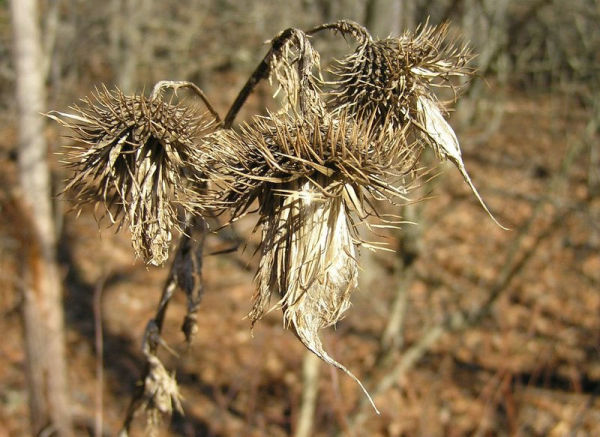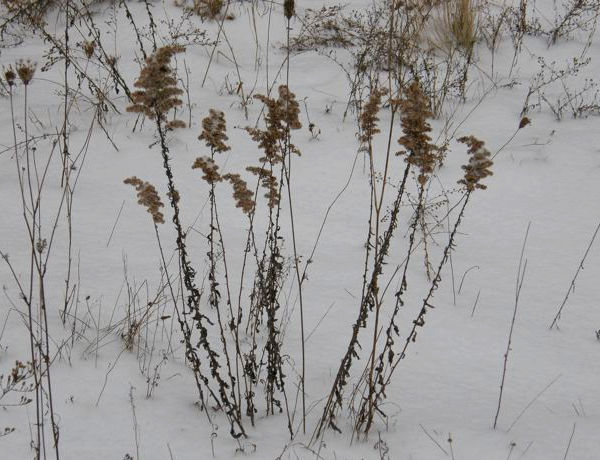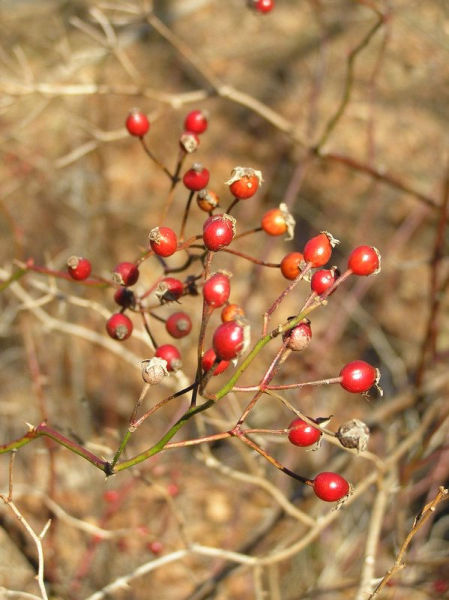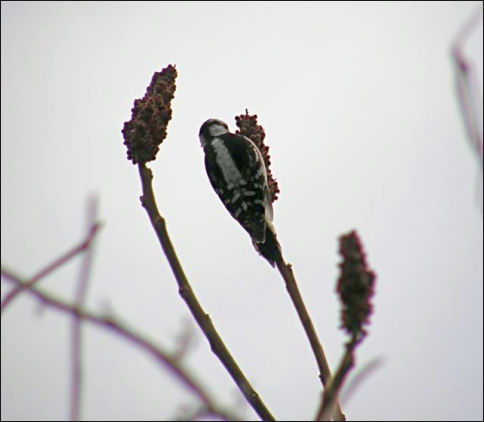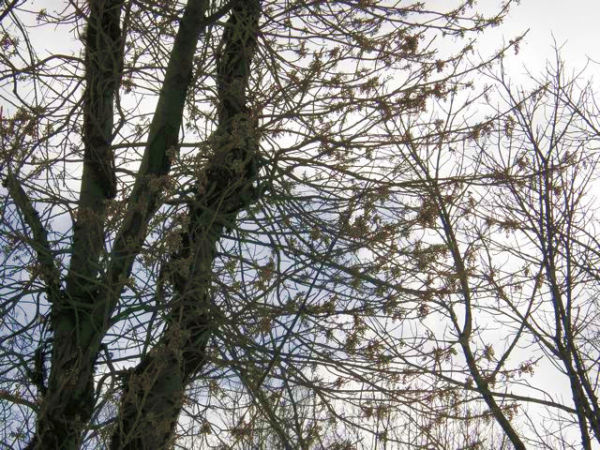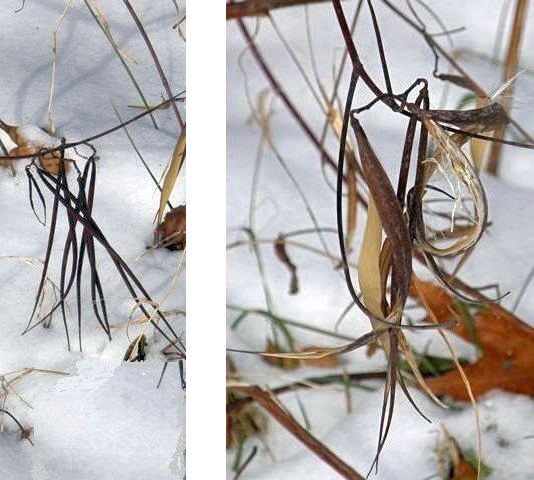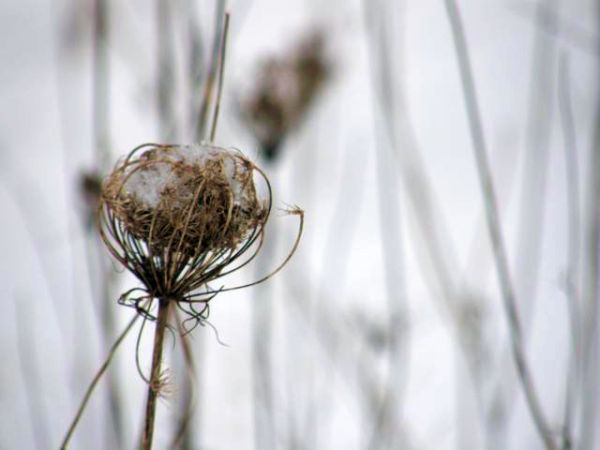
This grass is aptly named because its seed head resembles a fox’s tail.
Foxtail grass can be a weed or an ornamental depending on your point of view. The small version (Setaria glauca) is annoying in the “perfect lawn” but giant foxtail (Setaria magnus) is quite beautiful with its large fuzzy tufts that hold seeds at the base of the hairs.
You don’t have to cultivate foxtail grass. It grows easily by the side of the road and in waste places. And without any effort it will grow in your lawn.
Foxtail grass is in the same genus as cultivated millet. I’ve often watched house sparrows jump up to pull seeds from the plumes of foxtail grass in my backyard. Oddly, they refuse to eat the millet in mixed birdseed — they literally throw it on the ground.
Hmmm… Is that where my foxtail grass came from?
(photo by Marcy Cunkelman)

